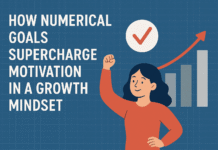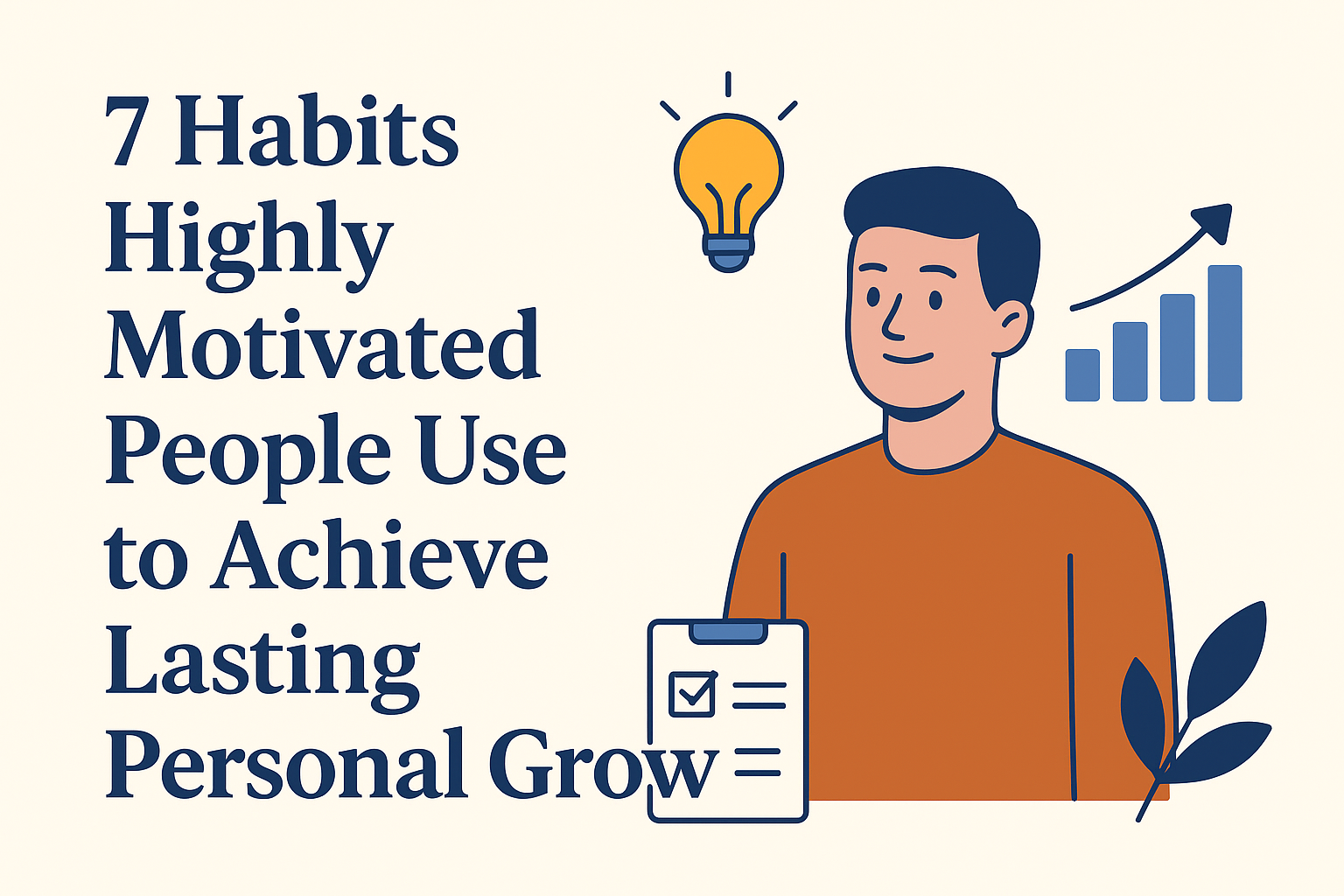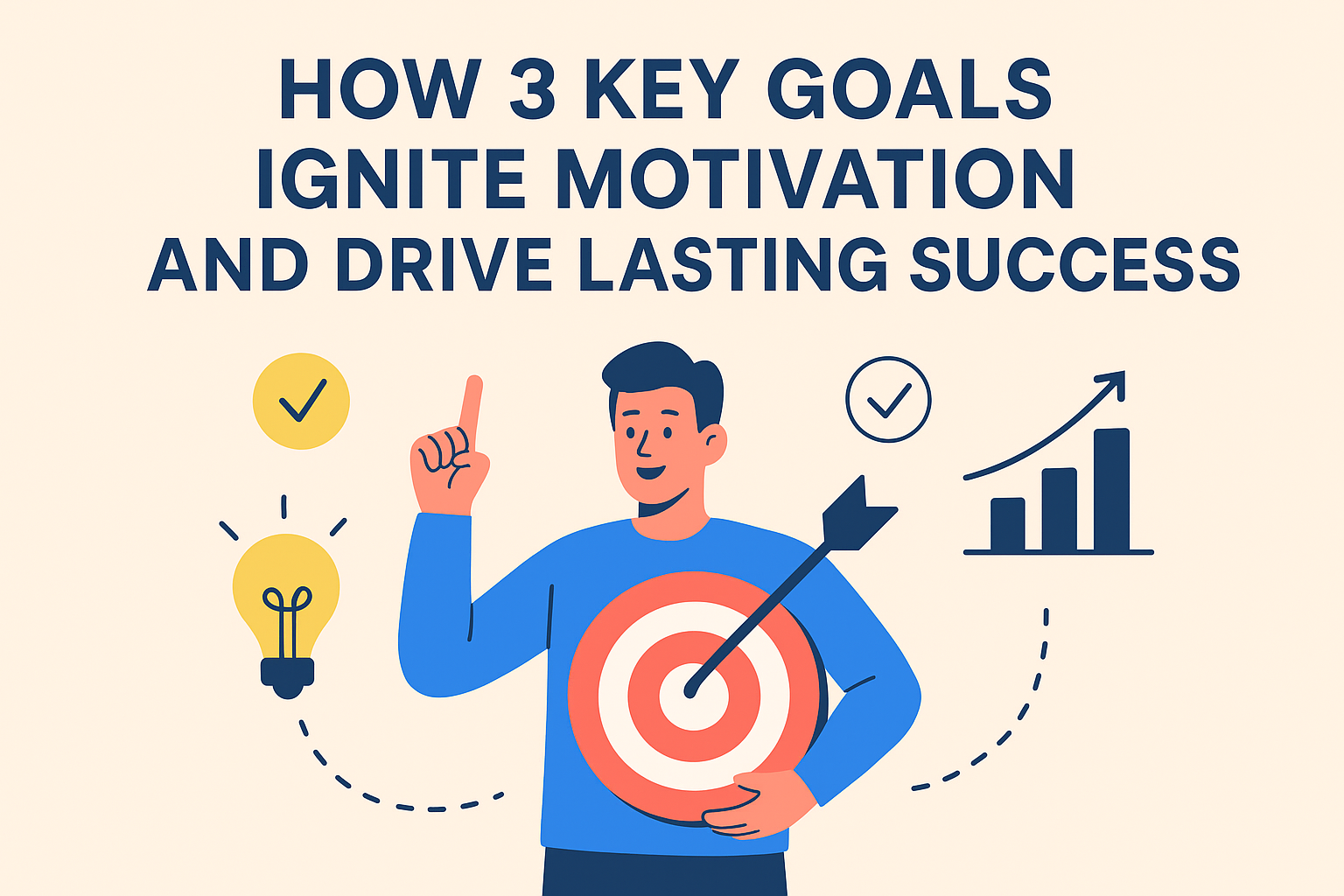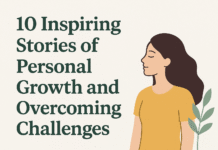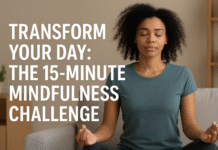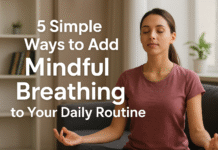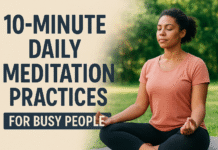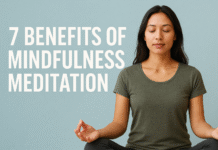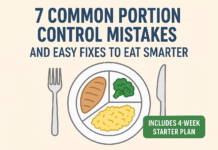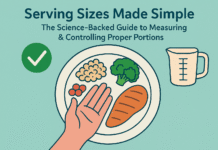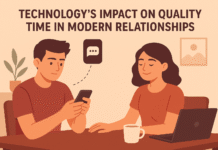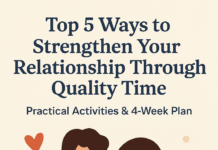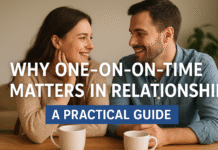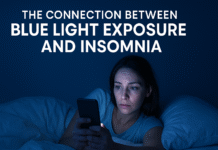Screens are everywhere — on our phones, tablets, laptops, and TVs — and their presence right up to bedtime has been linked repeatedly to poorer sleep. In this article you’ll find a clear, practical, evidence-focused walkthrough of three influential scientific studies that illuminate how screens affect sleep, why the effect happens, and what realistic steps you can take tonight to protect your sleep. This guide is written for concerned adults, parents, health coaches, and anyone who wants science-backed, actionable strategies to improve sleep in a digital world.
Medical disclaimer: this article summarizes research and gives general sleep-health advice. It is not medical advice. If you have a diagnosed sleep disorder, ongoing insomnia, or serious health conditions, consult a qualified healthcare professional for personalized care.
Key takeaways
- Evening screen use can delay biological night and reduce sleep quality. Experimental lab work shows light from screens suppresses melatonin and shifts circadian timing.
- Access to devices at bedtime is strongly associated with insufficient, lower-quality sleep in children and teens. Large-scale reviews find higher odds of short sleep and daytime sleepiness when devices are present at night.
- Practical countermeasures (device curfews, blue-light blocking, dimming screens) reduce melatonin suppression and subjective alertness, though objective sleep effects vary. Controlled trials with blue-blocking lenses show promising results for evening physiology.
- Three evidence-backed actions you can start tonight: set a device curfew 60–90 minutes before bed, enable night/dark modes and reduce brightness, and create a phone-free bedroom habit.
Why these three studies matter (short primer)
Researchers investigate screen–sleep links from two complementary angles: laboratory experiments that test mechanisms (light exposure, melatonin suppression, circadian shift) and large observational/meta-analytic studies that test whether device access/use is associated with real-world sleep problems across populations. The three studies below were chosen to represent (1) a tightly controlled experimental trial, (2) a population-level systematic review/meta-analysis, and (3) an applied countermeasure trial in adolescents — together they give both causal insight and practical guidance. Key physiological mechanisms (melatonin suppression, circadian phase delay, and behavioral displacement of sleep) are discussed alongside implementation steps so you can translate evidence into action.
Study 1 — Evening use of light-emitting eReaders negatively affects sleep, circadian timing, and next-morning alertness (laboratory trial)
What it is and core purpose
This randomized, controlled laboratory study compared reading from a light-emitting electronic device to reading a printed book in the evening and measured melatonin, sleep timing, sleep architecture, and next-morning alertness. The goal was to test whether the short-wavelength light emitted by screens causes physiological changes that impair sleep timing and morning function.
Main findings (brief)
- Evening exposure to a light-emitting eReader delayed melatonin release and circadian timing.
- Participants took longer to fall asleep and had reduced next-morning alertness after eReader evenings compared with reading printed text.
Why the results matter (mechanism)
The study demonstrates a direct physiological pathway: short-wavelength (blue) light suppresses melatonin and shifts the timing of the circadian clock, which delays sleep onset and reduces alertness the following morning. That supports a causal chain from screen light → melatonin suppression → later sleep timing and worse subjective sleep outcomes.
Requirements/prerequisites and low-cost alternatives
- In the lab: equipment included calibrated light-emitting devices, melatonin assays, sleep EEG (polysomnography) and controlled dim-light conditions.
- At home (low-cost): you don’t need lab gear to apply the findings. Low-cost alternatives include using printed books instead of screens, enabling built-in night or blue-light filters, lowering screen brightness, or placing devices away from the bed. No special skillset required.
Step-by-step implementation (beginner friendly)
- Set a screen curfew: stop active screen use 60–90 minutes before your intended lights-out. Shift reading to paper if you want longer wind-down time.
- If you must use a device in the evening: enable night mode (warmer color temperature), reduce brightness, and use apps that reduce blue light. Keep devices at arm’s length rather than close to your face.
- Create a consistent pre-sleep routine: replace stimulating content with quiet activities — light reading (paper), meditation, stretching, or a warm shower. Keep lights dim.
- Bedroom rule: charge phones outside the bedroom overnight or put them in “Do Not Disturb” and out of sight.
Beginner modifications and progressions
- Simplify: if 90 minutes feels impossible, start with 30 minutes of no-screen time and increase by 10–15 minutes each week.
- Progression: once you consistently hit a 60–90 minute window, add strict phone-free sleeping (leave device in a different room) and time-limited evening app use (e.g., 15 minutes maximum for essential tasks).
Recommended frequency/duration/metrics
- Frequency: nightly (or whenever sleep is a priority).
- Duration: target 60–90 minutes pre-bed without screens for strong physiological effect; even 30 minutes yields benefits as an intermediate step.
- Metrics to track: sleep onset latency (time to fall asleep), total sleep time, subjective sleep quality (sleep diary), and next-day alertness. Use a simple diary or sleep-tracking app (validated consumer trackers can help but are not required).
Safety, caveats, and common mistakes to avoid
- Caveat: lab studies control light and behavior tightly; real-world results vary because behavior and content (social media, games) are stimulating independently of light.
- Mistake to avoid: assuming color filters alone fully remove disruptive effects — filters reduce but may not eliminate melatonin suppression for long or very close screen exposure. Combine filters with curfews.
Mini-plan (2–3 steps)
- Tonight: enable night mode + reduce brightness; stop social media 30 minutes before bed.
- Week 1: extend to 60 minutes nightly; replace evening scrolling with a paperback or audio book.
Study 2 — Association between portable screen-based media device access or use and sleep outcomes (systematic review & meta-analysis)
What it is and core purpose
This large systematic review and meta-analysis pooled observational studies examining whether having access to or using portable screens in the sleep environment (phones, tablets, etc.) is associated with sleep quantity and quality in children and adolescents. Its purpose was to evaluate population-level associations across many studies and draw conclusions relevant for public health recommendations.
Main findings (concise, evidence-backed)
- Bedtime device use was associated with roughly double the odds of inadequate sleep quantity compared with not using devices at bedtime.
- Device access at night (even if not actively used) was associated with increased odds of inadequate sleep, poor sleep quality, and daytime sleepiness. The pooled odds ratios showed meaningful associations across many studies.
Exact pooled estimates reported in the meta-analysis include an odds ratio for inadequate sleep quantity of approximately 2.17 (indicating more than double the odds) for bedtime device users versus non-users in pooled child/adolescent samples.
Why the results matter (public-health perspective)
Observational data across large populations show that devices in the sleep environment correlate with real-world sleep deficits and daytime impairment. This strengthens the argument that device-related sleep problems are not just lab curiosities but are widespread and clinically meaningful in youth.
Requirements/prerequisites and low-cost alternatives
- In research: pooling many cross-sectional and cohort studies with consistent exposure definitions and sleep outcomes.
- For families: the “requirement” is practical: parents and caregivers need awareness and the ability to set boundaries — low-cost actions include removing devices from bedrooms, turning off Wi-Fi at night, or using parental controls to schedule device downtime.
Step-by-step implementation (for households and caregivers)
- Inventory: list all devices present in the bedroom and note which are used at night (streaming, social, gaming).
- Policy: adopt a household bedtime device policy — e.g., all devices put on charging station outside bedrooms by 9:30 pm.
- Technology: use router-level scheduling or built-in parental controls to limit access during curfew hours.
- Replace habit: offer a non-screen alternative (board game, family reading, quiet music) during the curfew window.
Beginner modifications and progressions
- Modify: start by removing devices from the sleeping area for one night per week and then increase to nightly.
- Progression: move from device-out-of-bedroom to timed device curfew enforced by software, then to device-free bedrooms.
Recommended frequency/duration/metrics
- Frequency: nightly for best outcomes; partial implementation (weeknights only) still helps.
- Duration: apply curfew for entire sleep opportunity window (i.e., until wake time) or at least for the 60–90 minutes before planned bedtime.
- Metrics: track bedtimes, wake times, sleep duration, and daytime sleepiness via sleep diary or child/teen reports. Periodically review (weekly).
Safety, caveats, and common mistakes to avoid
- Caveat: association ≠ definitive causation in observational studies; reverse causality and confounders (e.g., mental health or family routines) can play a role. Still, consistent associations across many studies strengthen causal plausibility.
- Common mistake: purely technical fixes (filters) without behavioral rules — the meta-analysis shows that physical access to devices matters even when not actively used. Removing devices from bedrooms is often necessary.
Mini-plan (2–3 steps)
- This week: remove devices from child/teen bedrooms on school nights; put devices on a shared charger in the hall.
- Next week: set router schedule or parental control to cut access after a fixed hour. Monitor sleep length and daytime tiredness.
Study 3 — Blue-blocker glasses as a countermeasure for alerting effects of evening LED screen exposure in male teenagers (applied intervention trial)
What it is and core purpose
This randomized trial tested whether amber, blue-light-blocking glasses reduce the physiological alerting effects of evening LED screen exposure among teenagers. It measured evening melatonin levels and subjective alertness to see if filtering short-wavelength light could blunt the wake-promoting effect of screens.
Main findings (concise)
- Wearing blue-blocker glasses in the evening attenuated LED-induced melatonin suppression and reduced subjective alertness before bedtime. Objective sleep stage measures the next morning were less consistently changed.
Why the results matter (practical import)
The trial provides evidence that a relatively low-effort intervention (amber lenses) can protect evening physiology (melatonin secretion) during screen use. That offers a practical bridge: if people can’t or won’t stop using screens at night, blue-blocking lenses may reduce some biological disruption.
Requirements/prerequisites and low-cost alternatives
- Equipment: amber/amber-tinted blue-blocking glasses are inexpensive and commercially available.
- Low-cost alternatives: enable software-based blue-light filters, reduce brightness, distance the screen, or use warm-colored light bulbs in the evening. Glasses may be more effective than software filters when users are very close to a screen. Somnoblue sleepglasses
Step-by-step implementation (apply study to everyday life)
- When you can’t avoid screens: wear amber/blue-blocking glasses during evening screen time (start ~2 hours before planned bedtime).
- Combine strategies: use glasses plus night mode, and keep screens dim. Glasses are not a license for unlimited stimulating content — content arousal still matters.
- Measure effect: pay attention to time to fall asleep and morning alertness over 1–2 weeks to see subjective change. Use a sleep diary.
Beginner modifications and progressions
- Modify: try wearing the glasses for the last 60 minutes before bed if two hours is unrealistic.
- Progression: if you notice benefits, extend glasses use to all evening screen exposure and combine with device curfew gradually.
Recommended frequency/duration/metrics
- Frequency: nightly when evening screen use occurs.
- Duration: start with at least 60 minutes before bed; the trial used evening exposure windows long enough to show melatonin effects.
- Metrics: sleep onset latency, subjective sleep quality, and morning alertness; optionally, measure using a sleep diary or a validated questionnaire.
Safety, caveats, and common mistakes to avoid
- Caveat: studies show mixed objective sleep outcomes; not everyone will notice large changes in total sleep time.
- Mistake: relying only on glasses while continuing highly stimulating activities (violent games, intense conversations) — content can keep the brain active independent of light. Use glasses as part of a broader strategy.
Mini-plan (2–3 steps)
- Tonight: buy or borrow amber lenses (try inexpensive styles). Wear them for the final 60–90 minutes of evening screen time.
- If helpful: extend wearing time, lower screen brightness, and implement a 30–60 minute no-screen wind-down on top of the glasses.
Practical add-ons
Quick-start checklist (do this tonight)
- Turn on device night/dark mode (warmer tones).
- Reduce screen brightness manually (not just automatic).
- Put phone on “Do Not Disturb” and place it out of reach (ideally outside the bedroom).
- If you must use screens, wear blue-blocking glasses or keep the device at arm’s length.
- Replace stimulating evening screen time with a quiet, screen-free wind-down activity (reading a paper book, warm shower, gentle stretching).
Warm-up (evening routine) — 10 minutes
- Dim overhead lights and switch to lamps.
- Put devices on chargers outside bedroom.
- Do 5 minutes of diaphragmatic breathing or gentle stretches.
- Read a short paper text or listen to a low-arousal audiobook until sleepy.
Troubleshooting / common pitfalls
- No change after one night: habit and circadian shifts take days to change. Track for 2–4 weeks.
- Still wide awake with phone out of the room: stimulating content earlier in the evening or caffeine could be factors — check caffeine timing and daytime nap patterns.
- Blue-blocking glasses cause odd vision or headaches: try a different lens tint or reduce wearing time initially; consult optician if problems persist.
How to measure progress or results
- Simple: keep a nightly sleep diary noting bedtime, time to fall asleep, wake time, and subjective sleep quality/next-day alertness.
- More tech: use a validated consumer sleep tracker for trends (not absolute accuracy).
- KPI suggestions: reduce average sleep onset latency by 10–20 minutes; increase total sleep time by 15–30 minutes; lower average daytime sleepiness score. Track weekly averages and compare baseline to weeks 2–4.
4-week starter plan (practical roadmap)
Goal: improve sleep onset and next-day alertness by reducing evening screen-related disruption.
Week 1 — Awareness & small changes
- Nights 1–3: enable night mode, reduce brightness, and track baseline sleep for 3 nights.
- Nights 4–7: remove devices from bedroom for at least one school/work night and try a 30-minute no-screen wind-down.
Week 2 — Consistency & extensions
- Aim for 60 minutes no screens before bed on 5 of 7 nights.
- If evening screen use unavoidable, wear blue-blocking glasses for the last 60 minutes. Keep a sleep diary.
Week 3 — Automation & family rules
- Use router parental controls or device downtime scheduling to enforce curfew.
- Make device-free bedrooms the rule on school/work nights. Review sleep diary and adjust bedtime if needed.
Week 4 — Optimization & maintenance
- Extend no-screen window to 75–90 minutes on most nights.
- Evaluate metrics: if sleep onset latency and next-day alertness improved, maintain habits; if not, reassess caffeine, exercise timing, and stressors. Consider professional assessment for persistent insomnia.
Frequently Asked Questions (8–12)
- Does all screen time before bed ruin sleep?
Not always — the effect depends on light intensity/wavelength, proximity, duration, and the emotional or cognitive arousal produced by the content. Bright, close screens and highly stimulating content are the biggest risks. - Is night mode (warm screen color) enough to protect sleep?
Night mode helps reduce short-wavelength light but does not fully remove all melatonin-suppressing wavelengths, especially at high brightness or close viewing distance. Combine night mode with brightness reduction and a curfew for best effect. - Do blue-blocking glasses really work?
Trials show blue-blocking glasses can attenuate melatonin suppression and reduce subjective evening alertness for some users, but objective sleep improvements vary. They’re a useful tool when curfews aren’t feasible. - What about audiobooks or podcasts — are they okay in bed?
Audio content is less likely to suppress melatonin because it lacks light, but stimulating content or late-night conversations can still delay sleep. Use dim lights and prefer calm content. - How long before bed should I stop using screens?
Aim for 60–90 minutes before lights-out for clear physiological benefits; start with 30 minutes if that’s more realistic and build up. - Can daytime screen use affect nighttime sleep?
Excessive daytime screen time may influence circadian rhythms and sleep habits indirectly (e.g., delaying bedtime). But the strongest immediate physiological effects come from evening exposure. - Are some screens worse than others?
Devices that are closer to the eyes (phones, tablets) and emit more blue light can be more disruptive than distant TVs. Brightness, contrast and viewing distance matter. - Will removing devices solve chronic insomnia?
Removing devices can help many people but chronic insomnia often requires a multi-modal approach (behavioral therapy, sleep scheduling, medical evaluation). If insomnia persists, see a sleep specialist. - What about children — how strict should rules be?
Evidence shows children and teens are particularly vulnerable. Stronger limits are recommended: device-free bedrooms and enforced bedtime curfews. Consider age-appropriate family rules and supervise device placement. JAMA Network - Do e-ink readers (non-light-emitting) affect sleep?
Non-backlit e-ink readers behave like paper and are less likely to suppress melatonin, making them a better choice for night reading than light-emitting screens. - How quickly will I notice improvement?
Some people notice better sleep onset or morning alertness within a few nights; for others, circadian shifts and habit changes take 1–4 weeks. Track consistently for at least two weeks. - Are software “blue filters” different from physical amber glasses?
Both reduce blue light, but physical glasses filter light at the source and can be more effective for close, high-brightness viewing. Software filters are useful and better than nothing, especially paired with brightness reduction.
Conclusion
Screens can and do affect sleep through biological and behavioral pathways: light from screens suppresses melatonin and shifts circadian timing, while device access and stimulating content crowd out wind-down time. The three studies summarized here — a controlled lab trial showing physiological effects of screen light, a meta-analysis showing population-level associations, and an intervention trial showing that blue-blocking lenses can blunt melatonin suppression — together point to practical, evidence-based steps you can take tonight to protect sleep. Start with a consistent pre-bed curfew, dim and warm your screens, and remove devices from the bedroom; use blue-blocking lenses as a useful adjunct if you can’t avoid evening screen time.
Call to action (one line): Try a 7-night experiment: implement a 60-minute pre-bed no-screen rule and track sleep — see what changes for you.
References
- Evening use of light-emitting eReaders negatively affects sleep, circadian timing, and next-morning alertness, Proceedings of the National Academy of Sciences (PNAS). Published January 27, 2015. . PNAS
- Association Between Portable Screen-Based Media Device Access or Use and Sleep Outcomes: A Systematic Review and Meta-analysis, JAMA Pediatrics. Published 2016. . JAMA Network
- Blue Blocker Glasses as a Countermeasure for Alerting Effects of Evening Light-Emitting Diode Screen Exposure in Male Teenagers, Journal of Adolescent Health. Published 2015. https://www.jahonline.org/article/S1054-139X(14)00324-3/pdf. JAH Online
- A meta-analysis of the effect of media devices on sleep outcomes, (systematic review article available in PMC). Published 2017. https://pmc.ncbi.nlm.nih.gov/articles/PMC5380441/. PMC
- The influence of blue light on sleep, performance and wellbeing: a review, (open access review article). Published 2022. https://www.ncbi.nlm.nih.gov/pmc/articles/PMC9424753/. PMC




